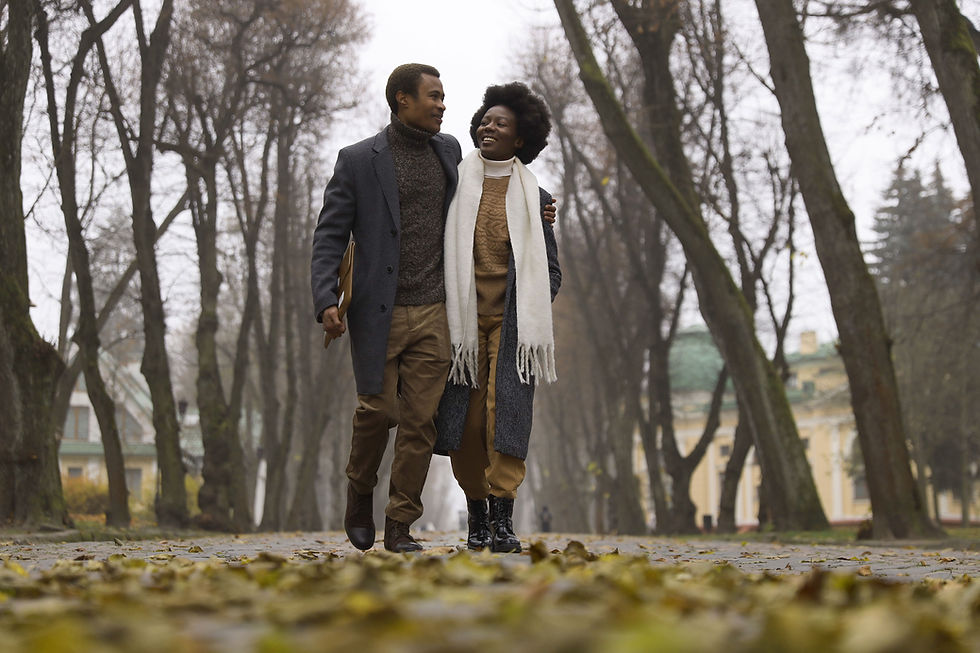Emotional Safety: The Love Language Nobody Talks About
- Chuck Powers

- Jun 27
- 2 min read
Updated: Jul 2
We are all familiar with the Five Love Languages, as popularized by Chapman—for example, words of affirmation, acts of service, or quality time. But emotional safety is the foundation beneath them all.
Emotional safety means knowing that your heart is safe with your partner—that your vulnerabilities won’t be used against you.
Emotional safety creates space for all the other love languages to thrive. Without it, even kind gestures feel hollow.
What Is Emotional Safety in a Relationship?
How does your partner respond to you when they’re upset?
Do they reach for you or retreat?
Do they turn to something else (drugs, alcohol, shopping, porn)?
Do they turn to someone else (affairs, friends, family, spiritual advisors)?
Can they cry in front of you, or do they hide it?

Building emotional safety means showing your partner: “Your emotions are welcome here. I’ll hold them gently.”
But, this MUST happen in both directions. Both partners must feel safe.
Signs Your Relationship Lacks Emotional Safety
Does your partner lie to avoid conflict? → They feel unsafe to be truthful.
Does your partner want to leave? → Unsafe.
Does your partner live in dread of the next time you leave? → Unsafe.
As a marriage and family therapist, I pay very close attention to who or what a person turns to when they get upset. Ideally, I want partners to turn to each other, or a child to turn to their parent.
The most apparent sign that emotional safety is lacking is when one partner will not turn toward the other. That’s a red flag. It’s a signal that we need to start paying attention.
Over time, the result is never good, and it can become catastrophic:
The end of the relationship
An affair
Addiction
How to Talk About Emotional Safety With Your Partner
Have a conversation with your partner about the safety in your relationship.
(Hint: Have the conversation when nobody is mad.)
Ask questions like:
“Do you always feel safe with me?”
“When do you feel safe?”
“When do you not feel safe?”
You’ll almost certainly hear some hard things about the conflicts in your relationship—though there will be other insights, too.
If the conversation becomes emotionally challenging, consider seeking help from a professional.
Yes, therapy costs money. But ignoring the problem or hoping it will disappear won’t work. The lack of safety can erode your relationship—quickly or slowly—but it always makes things worse.
Ready to Start the Conversation?
We might explore these types of conversations in a couple’s counseling session.
If it feels tough for you to have this healing, connecting type of conversation with your partner, allow me to guide you and your partner through the process of building the kind of relationship you’ve always dreamed of.
A Note on Physical Safety
Without physical safety, there can be no emotional safety.
Most therapists won't work with couples where physical safety is uncertain because of potential risks.
If you're in a relationship that lacks physical safety, there are several resources available to help you. Start with individual counseling, with a plan to move into couples therapy once the physical safety issues are resolved.
Resources:
National Domestic Violence Hotline: 800-799-7233
Family Violence Program – Texas Health & Human Services: 800-799-SAFE (7233)



Comments